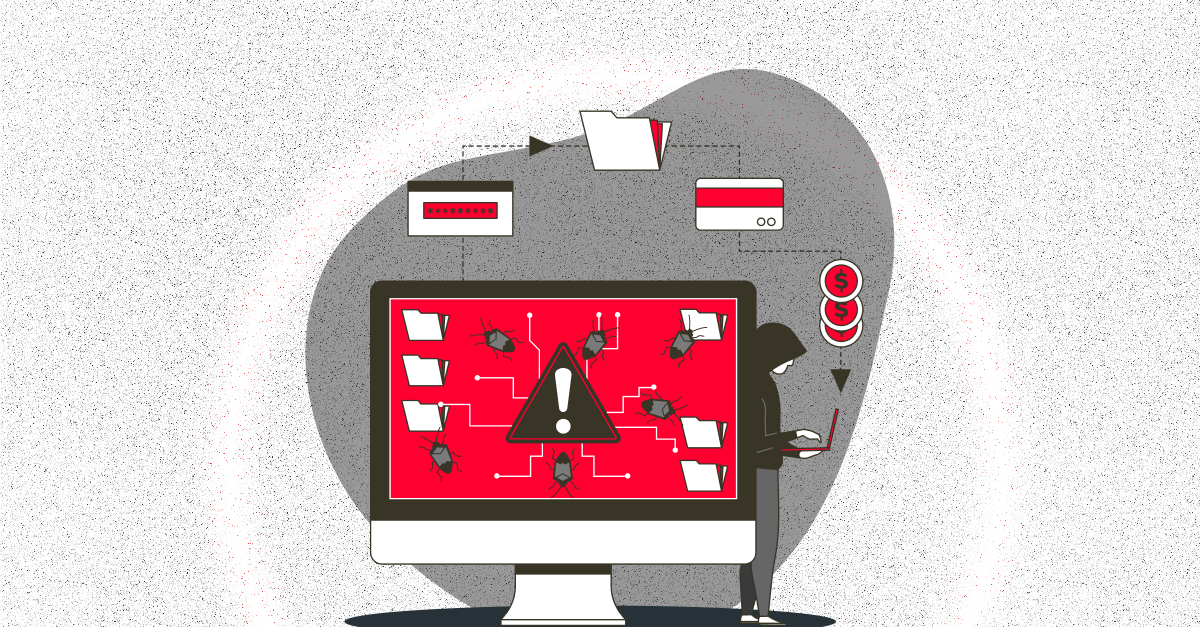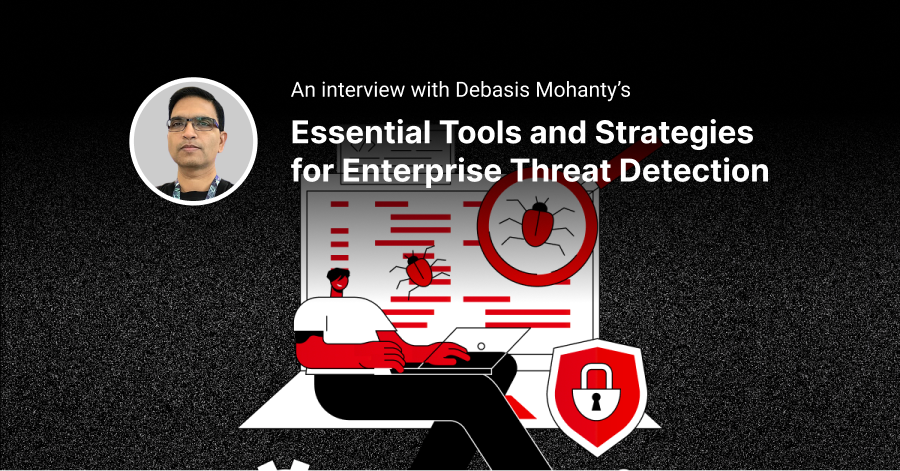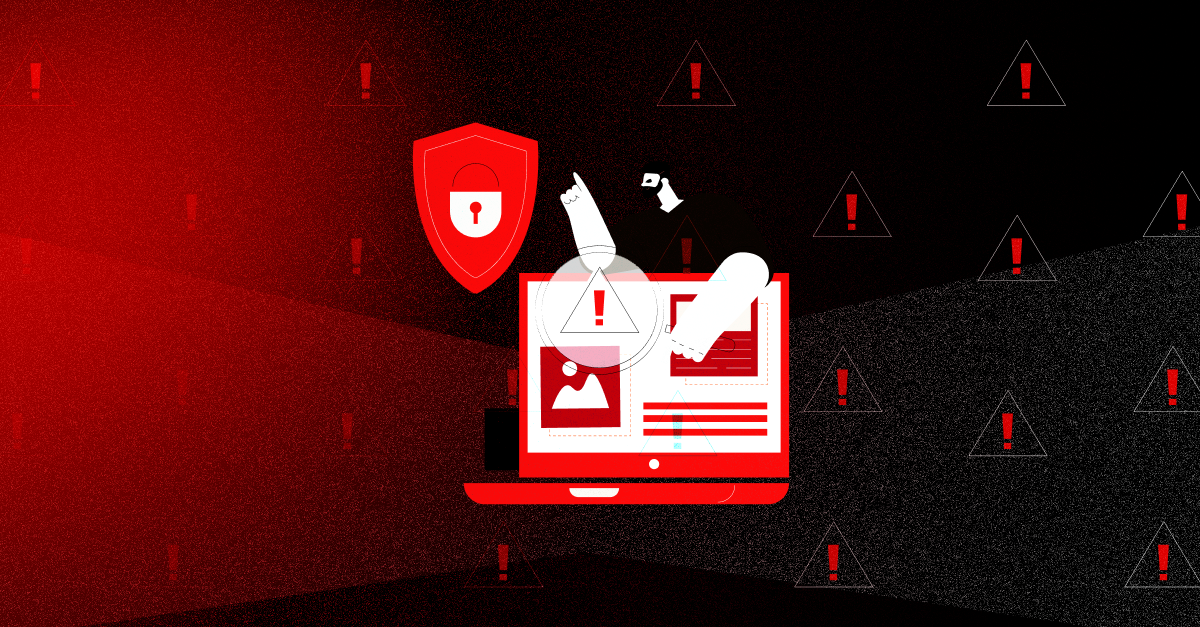Enterprise security is no easy task. In our experience, even organizations with significant resources and expertise fall into some surprising traps—oversights that attackers are all too eager to exploit. These aren’t rare mistakes; they’re patterns we see again and again across industries.
In this post, we’ll explore the most common causes of breaches, why they persist, and actionable strategies to strengthen your organization's resilience.
The Persistent Patterns in Corporate Breaches
Breaches, whether recent or from decades past, consistently follow familiar patterns. From unpatched systems and compromised credentials to insider threats, the root causes of security failures remain surprisingly consistent.
Despite technological progress, adversaries often exploit the same weaknesses. Some of the biggest breaches of the 21st century were caused due to one or more of the following reasons:
Compromised Credentials or Social Engineering
Phishing, spear-phishing, and credential theft continue to be among the most prevalent causes of data breaches. Attackers often bypass complex security measures by targeting the most vulnerable element—human error. Through deception and manipulation, attackers trick employees into disclosing their credentials, often leading to devastating breaches.
The infamous Sony Pictures hack in 2014 was largely attributed to spear-phishing attacks. Employees unwittingly clicked on malicious links, giving attackers access to sensitive internal data.
Unpatched or Misconfigured Systems
Despite the availability of security patches and updates, many organizations continue to overlook or delay these critical updates. Misconfigurations, such as leaving ports open or improperly configuring cloud storage settings, create easy entry points for attackers.
The Equifax breach of 2017 is one of the most glaring examples of the risks associated with unpatched systems. A vulnerability in Apache Struts went unpatched for months, leaving Equifax exposed to a devastating attack that compromised the personal data of millions.
Malicious Insiders
While external threats often grab headlines, insider threats remain a persistent risk. Whether driven by financial gain, retaliation, or negligence, insiders—employees, contractors, or business partners with authorized access—pose a significant security challenge.
In 2016, Edward Snowden revealed sensitive information from the National Security Agency (NSA), leading to global ramifications. While Snowden's motivations were ideological, many insider breaches are financially or politically motivated.
Undetected Malware
Malware often lurks undetected in corporate systems for extended periods, giving attackers time to exfiltrate data, cause damage, or prepare further attacks. Failure to implement effective detection systems allows this malware to operate under the radar.
Stuxnet, discovered in 2010, was a highly sophisticated malware designed to sabotage Iran’s nuclear program. It went undetected for months and caused significant damage to industrial control systems.
Inadequate Security Controls
Many organizations fail to implement the necessary security controls or configure them incorrectly. Whether it's a lack of encryption, poor access controls, or insecure application settings, inadequate security measures create vulnerabilities that can easily be exploited.
Adobe was hacked in 2013, exposing the credentials of nearly 150 million customers. One of the main issues was that Adobe had insufficient encryption on its user data, allowing hackers to easily obtain passwords.
Lack of Timely Risk Mitigation
Organizations often fail to act on reported risks or vulnerabilities, allowing issues to linger and become easy targets for attackers. In some cases, companies are aware of a security weakness but fail to prioritize it—sometimes until it's too late.
The Yahoo data breach, which affected over 3 billion accounts, was partially the result of Yahoo’s slow response to reported vulnerabilities. Even though hackers were accessing the system for years, timely mitigation efforts were lacking.
Why Patterns Persist
If the causes If the causes are well-documented, why do breaches continue? Take a look at some of the main reasons:are well-documented, why do breaches continue? Take a look at some of the main reasons:
The Flawed Approach Towards Mitigating Software Risks
When addressing vulnerabilities, a rushed or incomplete fix can leave the door open for variants or instances of the same bug to resurface. Each time your software undergoes a security test, if previously reported vulnerabilities keep appearing, it signals that the initial fix did not comprehensively address the underlying issue. This incomplete mitigation results in recurring vulnerabilities that continue to contribute to the global count of that specific bug class.
How This Contributes to Breaches:
- A software vulnerability that is partially fixed may allow attackers to find and exploit related variants or more sophisticated instances of the same issue.
- Inconsistent or ineffective patching increases the likelihood of attackers exploiting the flaw in different forms over time.
Ignoring Security Bug Reports of Other Vendors or Developers' Software
It’s easy to fall into the trap of thinking that vulnerabilities affecting other vendors’ software don’t concern you. However, many software products share similar functionalities or underlying architectures. A security flaw in one vendor’s software, especially a popular open-source tool or a third-party service, can easily affect your system if you use similar implementations.
Ignoring security reports from other vendors or developers means you miss the opportunity to detect potential flaws in your own software. By learning from the bugs reported in other products, you can proactively guard against similar vulnerabilities in your own system before they get exploited.
How This Contributes to Breaches:
- Failure to monitor and evaluate other vendor bug reports means missing early warning signs of vulnerabilities that might exist in your own infrastructure.
- If your software shares similar design or functionality, the same vulnerability might impact your system, leading to future breaches if left unaddressed.
Resource Constraints
Many organizations face significant limitations in terms of budget, staffing, and time when it comes to securing their systems. Security requires continuous attention—it's not a one-off effort—and without sufficient resources, companies can struggle to maintain a robust security posture. The lack of skilled security professionals, outdated technology, or inadequate infrastructure monitoring often results in unpatched systems or overlooked vulnerabilities.
How This Contributes to Breaches:
- Security monitoring and patch management require dedicated personnel and tools, but without the proper resources, these tasks are deprioritized or neglected.
- Inadequate staffing means that potential security issues might not be identified or mitigated in a timely manner, leaving systems vulnerable to attack.
Overconfidence in Security Measures
One of the biggest threats to cybersecurity is overconfidence. Many organizations assume that their security systems are invulnerable simply because they have deployed firewalls, antivirus software, or other protective measures. This complacency can lead to security gaps, as organizations may fail to conduct regular audits or take a proactive stance toward potential vulnerabilities, believing that their defenses are adequate.
How This Contributes to Breaches:
- Overconfident organizations might ignore emerging threats, assuming their current measures will automatically protect them from new or evolving attack techniques.
- Complacency may also lead to ignoring the need for routine vulnerability assessments, penetration testing, or user education, which are essential to stay ahead of attackers.
Complexity in IT Systems
As organizations expand and their IT infrastructures become more complex, the risk of security oversights grows. The interconnectedness of modern systems, cloud environments, and third-party vendors means that a single vulnerability can cascade through multiple points of failure. The sheer complexity of tracking and securing all components, from hardware to software to network configurations, increases the chances of an oversight. This complexity makes it difficult for organizations to fully understand and manage all potential risk factors.
How This Contributes to Breaches:
- The more interconnected systems are, the harder it is to maintain comprehensive visibility into vulnerabilities. Complex networks with multiple endpoints, cloud services, and IoT devices can leave gaps in security oversight.
- With many moving parts, organizations might overlook smaller vulnerabilities in certain systems that, when exploited, can lead to a much larger breach.
The persistence of these challenges emphasizes the importance of revisiting and strengthening core security practices.
Addressing Organizational Challenges for Better Resilience
These oversights may seem small, but they can have significant consequences. Whether it’s a lack of visibility, reliance on outdated practices, or underestimating minor risks, these blind spots can be the difference between resilience and a breach.






